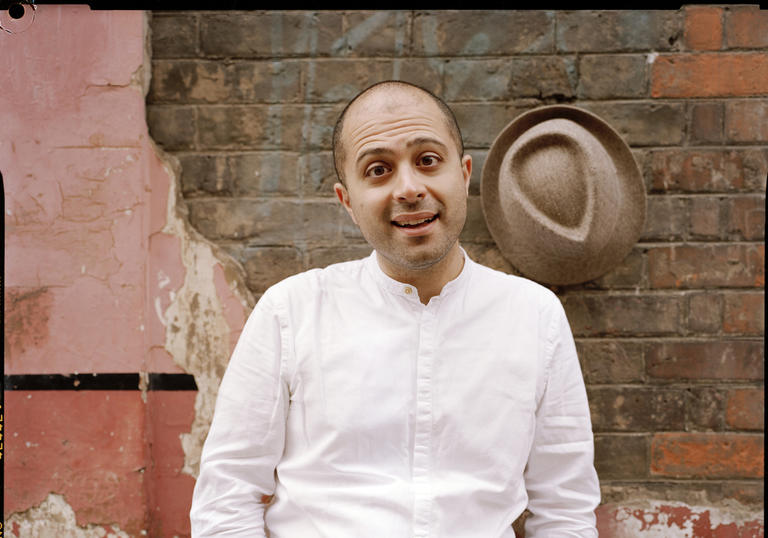
Programme and performers
Domenico Scarlatti a selection of sonatas
2pm Part 1 – Mahan Esfahani
K 109, 57, 84
K 211, 212
K 296, 297
K 213, 214
K 420, 421
K 52
K 516, 517
3.15pm interval
3.30pm Professor Sir Barry Ife
4pm Part 2 – Aline Zylberajch
K 277, 45
K 234, 226, 386
K 544, 107
K 215, 220, 216
K 213, 60, 43
K 132, 103, 282
5pm interval
5.30pm panel discussion
6.15pm interval
6.30pm Part 3 – Daria van den Bercken
K 183, 54, 519
K 27, 230, 212
Enrique Granados Piano Sonata No 11 (arr of Domenico Scarlatti K 110)
Piano Sonata No 8 (arr Domenico Scarlatti K 546)
‘Andaluza’ from 12 Spanish Dances
Domenico Scarlatti K 32, 544, 531, 492
Performers
Mahan Esfahani harpsichord
Aline Zylberajch fortepiano
Daria van den Bercken piano
Professor Sir Barry Ife speaker
Kerstin Schwarz panellist
Artist biographies
Whether in the realm of re-establishing the harpsichord’s presence as a significant concerto instrument with leading orchestras of the day, working with electronics and new media, or playing some of the first harpsichord recitals in such places as China, Mahan Esfahani has established himself as a new pioneer of his instrument. His commissioning work includes new solo and concertante works from Elena Kats-Chernin, Daniel Kidane, Miroslav Srnka, Anahita Abbasi, Bent Sørensen, George Lewis and others. Following studies in musicology and history at Stanford University he completed his studies with Zuzana Růžičková in Prague. Many of his recordings – for Hyperion, Wigmore Hall Live and Deutsche Grammophon – have received major prizes in the classical music field. For BBC Radio 3, Esfahani recently recorded a three-part series entitled The Alternative Bach exploring rare recordings and interpretations of JS Bach’s music. This goes alongside his ongoing cycle at the Wigmore Hall in which he performs the entire collection of JS Bach’s works for keyboard. He is a professor at the Guildhall School of Music and Drama in London, former Artist-in-Residence at New College Oxford and honorary member at Keble College Oxford. Born in Tehran in 1984 and raised in the United States, he lived in Milan and London before taking up residence in Prague.
